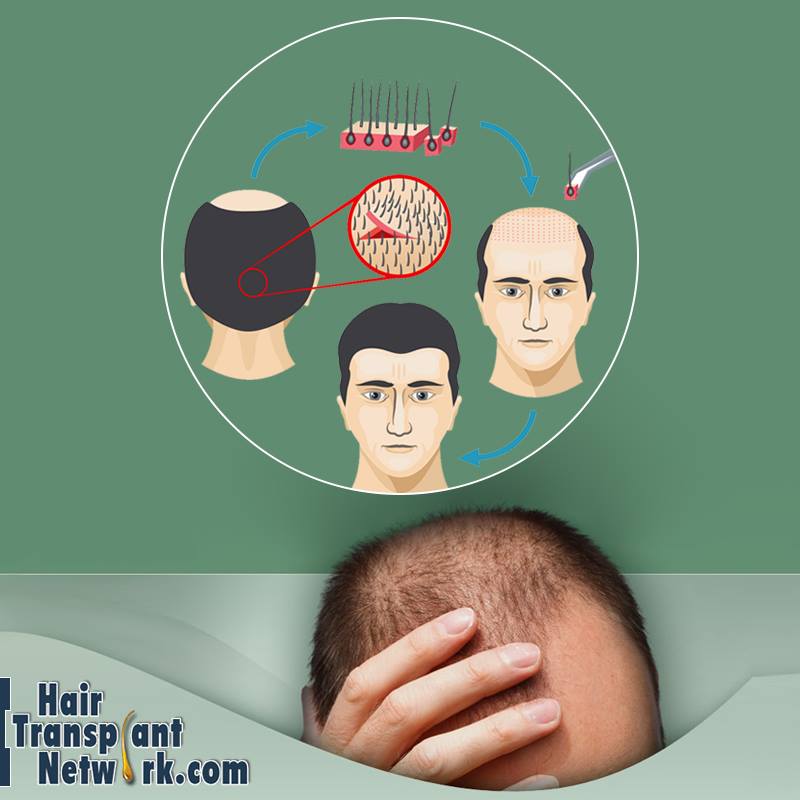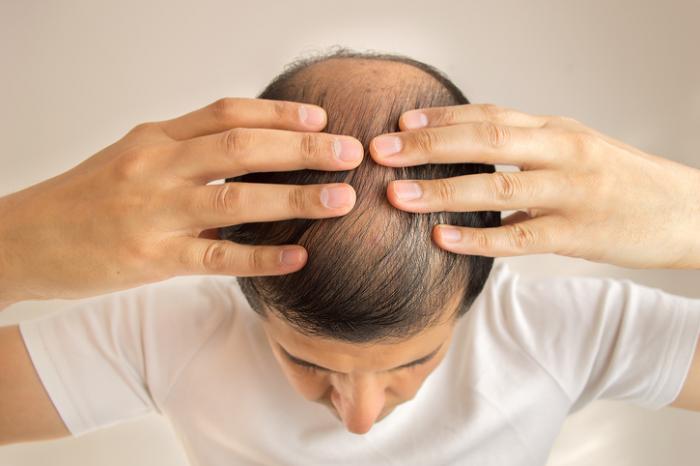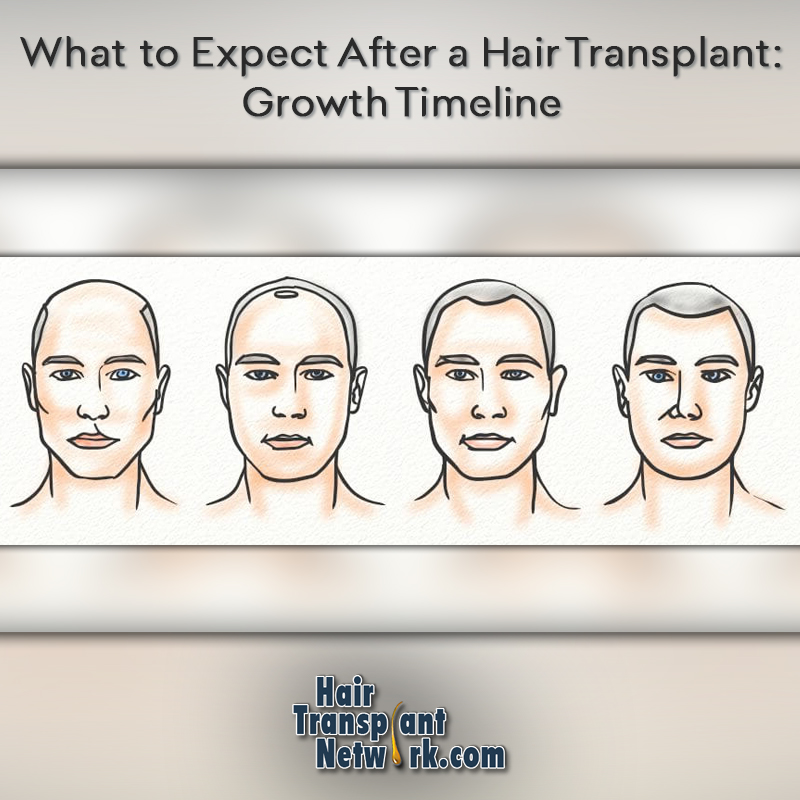Hair loss often leads to depression and anxiety, especially if they are ridiculed and/or the target of balding jokes
While some people simply accept going bald, others find having a full head as a part of their identity.
Thankfully, today’s modern hair transplant surgery, in the hands of a skilled and experienced hair restoration surgeon, can re-create a full looking head of hair so natural looking, that even a hairstylist can’t detect it. Like any surgical procedure however, hair transplant surgery is a big decision.
Hair transplant surgery is one of the effective treatment options for restoring one’s hair. It is not only chosen by people who have lost their hair but those who want to improve their hairline.

In this article, we provide you with real information and resources related to hair transplantation and how to get the best results.
What is a hair transplant?
Hair transplant surgery is a minimally invasive surgical procedure for men and women affected by hair loss. This procedure can restore the hair of men and women permanently by transplanting new follicles into the thinning or balding areas.
The hair transplant procedure can offer the individual a natural and permanent solution.
Who are candidates for a hair transplant?
Hair transplantation is recommended for people experiencing partial or complete baldness due to certain conditions like – traction alopecia, androgenic alopecia, a receding hairline, injury, trauma etc.
The surgery is not recommended for individuals below 25 years of age as it is a bit difficult to access the extent of future hair loss. However, there are exceptions to every rule.
How hair transplant is carried out?
The patients who undergo hair transplant surgery are put under local anesthesia. The procedure is carried out mainly by FUSS and FUE.
1. Follicular Unit Strip Surgery (FUSS)
During this procedure, the surgeon harvests the hair-bearing tissue from the sides and back of the head and slivers the strip into follicular unit grafts containing 1 to 4 hairs. These stripes are placed into tiny incisions made by the surgeon into the recipient or balding area.
The donor area is then closed, leaving the patient with a minuscule linear scar that’s virtually undetectable, covered by the surrounding hair. The recovery time is ideally 2-3 weeks And results are fully grown within 12 months after the procedure.
2. Follicular Unit Extraction (FUE)
During the procedure, the surgeon removes follicular units one by one using a tiny punch attached to one of many various devices. These grafts are then planted into recipients sites where hair growth is sparse.
Based on the severity of hair loss and the physiology of the patient, one can either choose for FUSS or FUE.
Preparation for hair transplant surgery
Preparing for a hair transplant is one of the most crucial parts of the whole process. The key is to find the right procedure and best hair transplant surgeon for you.
On the day of your hair restoration procedure, you should arrive at least half an hour early to go over any last minute questions or concerns with your doctor. The surgeons and assisting technicians will take care of everything to make the experience stress-free for you.
How long does a hair transplant take?
Hair transplant is a cosmetic procedure that’s typically completed in a day. The length of the procedure varies from person to person depending on the number of hair grafts required. However, it usually takes 4 to 8 hours.
After the procedure, the patient can walk around and perform their daily activities. The transplanted area will be swollen and tender for 3-4 days.
Some patients may require multiple sessions with several months apart to achieve desired results.
The patients are prescribed antibiotics and pain relief medication to help them through the recovery process.
What kind of result you can expect?
All the transplanted hair will fall out within 2-3 weeks after surgery. Some patients may experience a temporary loss of hair in areas that were not involved in the transplant. Nearly 90% of the follicles start generating new hair within 3 to 4 months after surgery. The full result of hair transplant is seen after 12 to 18 months.
Patients are encouraged to follow the postoperative instructions of their surgeon carefully. They should take precautions like – protecting the area from sun exposure, washing hair with mild shampoo, not scratching the scalp etc.
What are The Hair Transplant Side Effects?
Hair transplantation is a minimally invasive surgical procedure and side effects or potential problems are rare but possible. As with any surgical procedure, one may experience minor side effects such as – swelling of the scalp, bleeding, infection, etc. To minimize any side effects or complications, patients are advised to select an experienced and reputable hair restoration surgeon and follow the recommended care post-surgery.
How Do I Choose a Hair Transplant Surgeon?
Choosing a hair transplant surgeon is probably the most important part of the process. The Hair Transplant Network makes this process a little easier for you by pre-screening and recommending surgeons based on demanding standards. However, you are encouraged to research all hair restoration surgeons you are considering.
You are encouraged to read genuine reviews from real patients and view before and after photos such as the ones found on our hair restoration discussion forum . Go through the reviews posted on the forum and take your time to research physicians and modern hair transplant techniques in hair transplantation.





